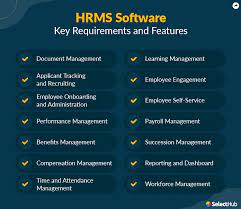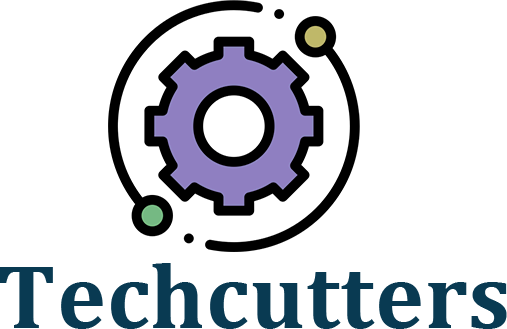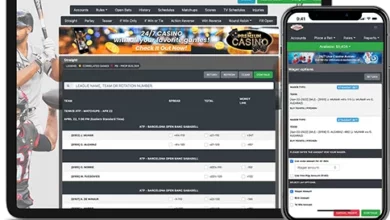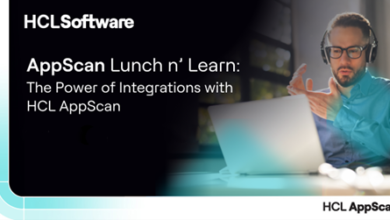What Are the Key Features to Look for in HRMS Software for Remote Teams?

The seamless management of human resources across distances and time zones requires a robust HRMS that caters to the specific needs of remote teams. In this article, we will delve into the key features that organisations should consider when selecting HRMS software tailored for remote work scenarios.
1.Cloud-Based Accessibility
One of the fundamental features of an effective HRMS for remote teams is its accessibility via the cloud. This enables team members, regardless of their physical location, to access the system effortlessly. Cloud-based HRMS ensures not only real-time updates but also facilitates collaborative efforts among dispersed team members, promoting seamless workflow management.
Team members can access their self-serving portal or HR management software at any time. They might be on the move, and yet they can access all the work updates without delays. Employees or registered users receive timely updates or notifications on their registered email address or mobile where they are using the cloud-based HRMS app.
This experience is what most of the users seek for seamless HR process maturity to tap into from pre-hire to post retire.
2.Comprehensive Employee Self-Service Portals
A powerful HRMS should incorporate a comprehensive employee self-service portal. This empowers team members to manage their own profiles, submit leave requests, access pay stubs, and update personal information. By allowing employees to take control of their own HR-related tasks, organisations can streamline administrative processes, freeing up HR personnel to focus on strategic initiatives.
3.Advanced Security Measures
Given the sensitive nature of HR data, robust security features are paramount. Look for HRMS solutions that employ advanced encryption protocols, multi-factor authentication, and regular security audits. This ensures that sensitive information remains protected against cyber threats, safeguarding the integrity and confidentiality of employee data.
A chosen HR software must follow GDPR, DPDP Act 2023, and other security measures. That way, users can exchange, process, audit, and review the necessary employee or user information on time.
The security measures help HRs and other decision makers to integrate the data from their old to the new portal seamlessly. They can also extract the data easily from the portal to their devices for a particular usage.
Also, following the DPDP Act, 2023 allows decision-makers in the firm to use the data stored on the server for a limited period and purposes. That way, there is a certain level of surety that no party is going to misuse the available employee data on the server.
4.Integration Capabilities
A versatile HRMS should seamlessly integrate with other essential business applications, such as payroll systems, accounting software, and project management tools. This integration streamlines data flow across various departments, minimising manual data entry and reducing the likelihood of errors.
Modern and cloud-based HRMS can also have an extension store. HRs or small to mid-size companies must look out for such tools. These stores help the firms to integrate multiple apps and add-ons onto their portal to improve the business productivity from one step to another.
Moreover, with the help of the integration capabilities, HR leaders or decision makers can install new modules of HR management into these existing portals.
5.Customisable Reporting and Analytics
To make informed decisions, organisations need access to insightful data. A high-quality HRMS should offer customisable reporting and analytics capabilities. This empowers HR professionals to generate tailored reports, track key performance indicators, and gain valuable insights into workforce trends, enabling data-driven decision-making.
6.Mobile Functionality
In an era where mobile devices have become indispensable, a mobile-friendly HRMS is essential. This feature allows employees and HR personnel to access critical information on the go, enhancing productivity and responsiveness. Additionally, mobile functionality facilitates timely communication, ensuring that remote team members stay connected and informed.
7.Scalability and Flexibility
As organisations grow and evolve, so do their HR requirements. It is imperative to choose an HRMS that is both scalable and flexible, capable of accommodating the changing needs of the business. Whether it’s an expansion of the workforce or the introduction of new HR processes, the chosen system should adapt seamlessly.
Conclusion
Selecting the right HRMS for remote teams is a strategic decision that can significantly impact organisational efficiency and employee satisfaction. By prioritising features such as cloud-based accessibility, employee self-service portals, advanced security measures, integration capabilities, customisable reporting, mobile functionality, and scalability, organisations can ensure that their HRMS is equipped to meet the unique demands of remote work environments.




